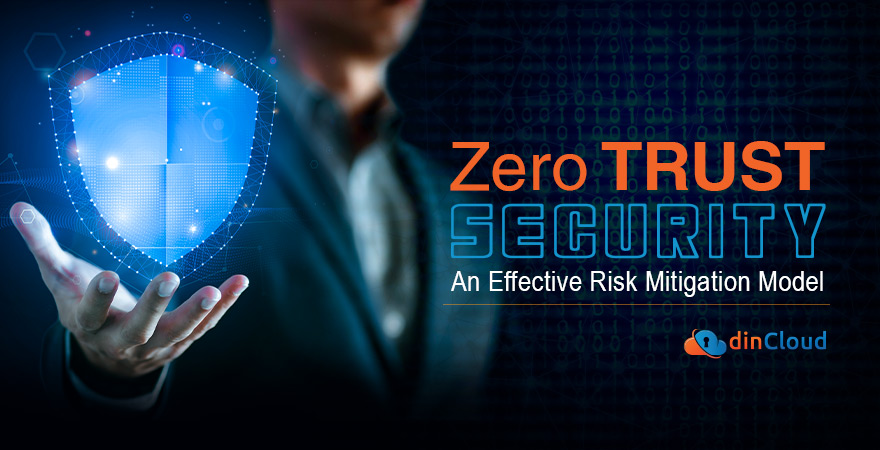We are in the midst of the largest remote work scenario in the history of modern technologies. With nearly everyone working from home (WFH), the overall threat surface has swelled exponentially.

This large threat surface has in turn opened up several loopholes in poorly conceived and implemented remote work solutions. Most such solutions were spun up overnight as a stopgap arrangement or short term measure, which is no longer the case.
Secondly, not all remote work platforms and solutions are to be blamed. Fact of the matter is, such a mass scale and prolonged remote work scenario is also a new for most cyber and information security professionals. They also need at least some time to catch up.
Related: The Most Viable Habitat for Quantum Computing is the Cloud
Zero Trust Security – No One’s to be Trusted
In these unprecedented circumstances, which have been further complicated by skyrocketing cyber attacks, you need a Zero Trust Security model in place. This model has a lot of innate potential to mitigate modern cyber, malware and ransomware attacks.
According to cyber security company MonsterCloud, there has been a mind boggling surge in ransomware attacks by 800% over the past few months. So much so that not even the healthcare sector has been spared by cyber miscreants, even in the midst of Covid-19.
Malwarebytes, a company that specializes in solutions that protect users from malware, ransomware and similar cyber threats has brought many security gaps to light ever since the present Work from Home (WFH) scenario kicked in.
Related: How Should CFOs Perceive Cloud Powered Technologies?
Why Zero Trust?
Given the surge in cyber security risks, both internal and external to organizations, zero trust should be the go-to model for securing remote work platforms. This mechanism eliminates the concept of a trusted location, user or application altogether.
The zero trust model challenges the very core of how we used to perceive security in the first place. In this model, the initial presumption itself is based on the thought that every system, network or architecture is prone to weaknesses and can be compromised.
As soon as this basic concept around security is revisited, organizations can then start the process of figuring out ways to protect their infrastructure. This approach goes even another step further by contemplating mitigation measures in case of a breach.
Related: Surge in Ransomware Attacks during 3rd Quarter of 2020
Restrict Access and Communications
This core concept of present day zero trust security is not to be confused with eliminating access altogether. Instead, this approach takes a realistic view of cyber security, while also addressing the productivity concerns over remote work platforms.
Access of remote employees to organizational data and other resources should be restricted purely on the basis of their indispensable needs. This approach not only addresses external threats, but also fends off internal vulnerabilities.
The other key aspect of zero trust security revolves around restricting the level of communication and interaction among applications themselves. The same approach of “purely on a need basis” should apply here as well.
As a result, the digital footprint of your remote work solution would be reduced to a bare minimum. This in turn not only elevates the overall security, but also improves your visibility and ability to manage such solutions effectively.
Related: Going into 2021, Why Should Digital Transformation be a Top Priority?
Granular Level Network Segmentation
This approach greatly helps in both securing remote work networks as well as mitigating the effects of perpetrated attacks. You should consider it more of a “containment” approach that can be a great mechanism for risk mitigation in case of attacks.
Related: How Will the Post Pandemic Workplace Look Like?
Conclusion
No one can say right now as to how long this remote work exercise would continue. One thing is for sure though, security is something you simply can’t let your guard down. dinCloud has some of the best security measures in place for its cloud offerings.
This in turn gives you un-paralleled peace of mind, so that you can channelize your energies towards things that actually matter.


